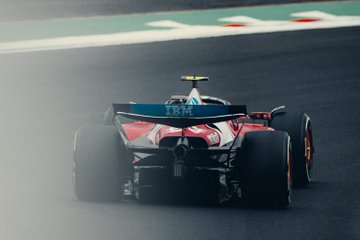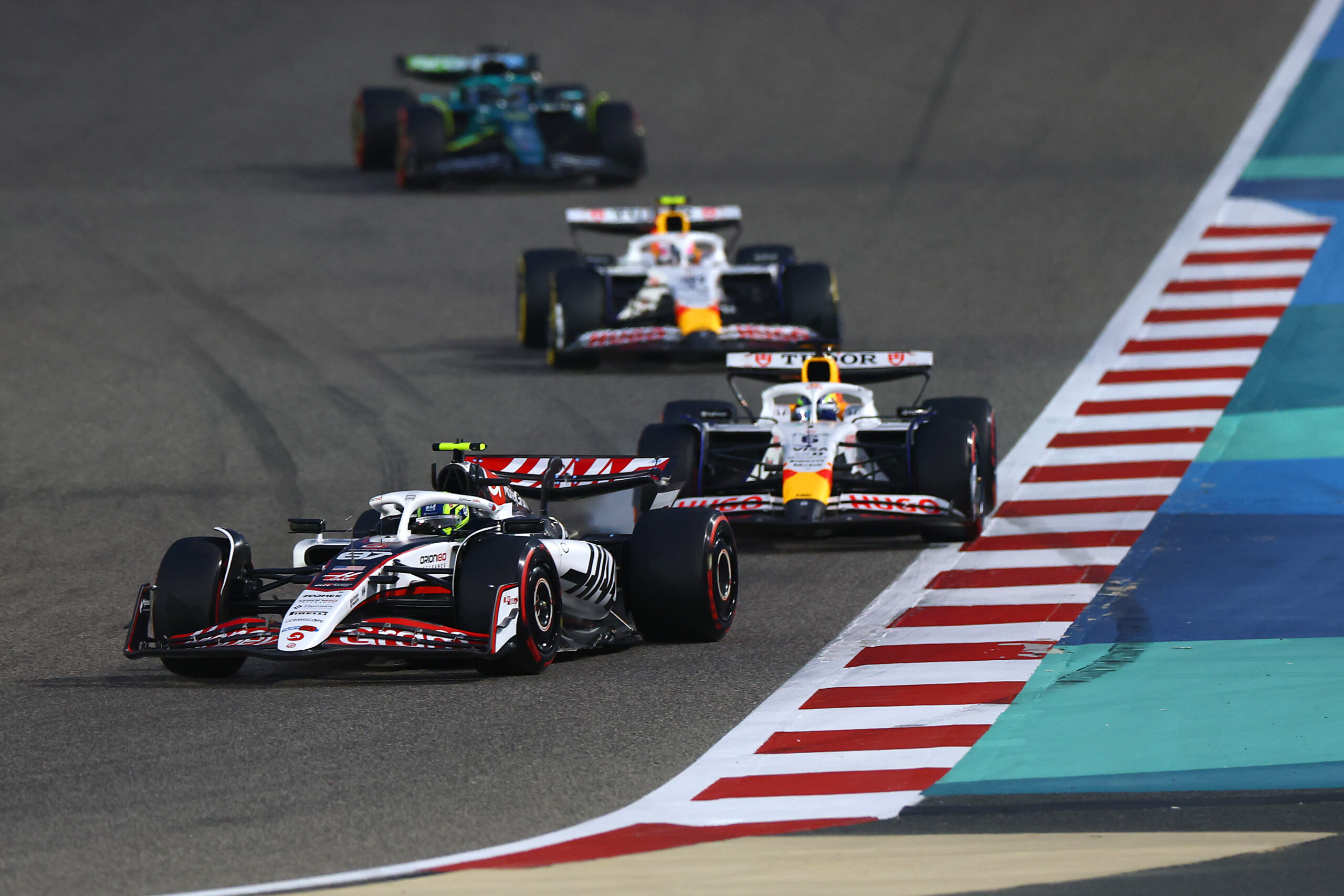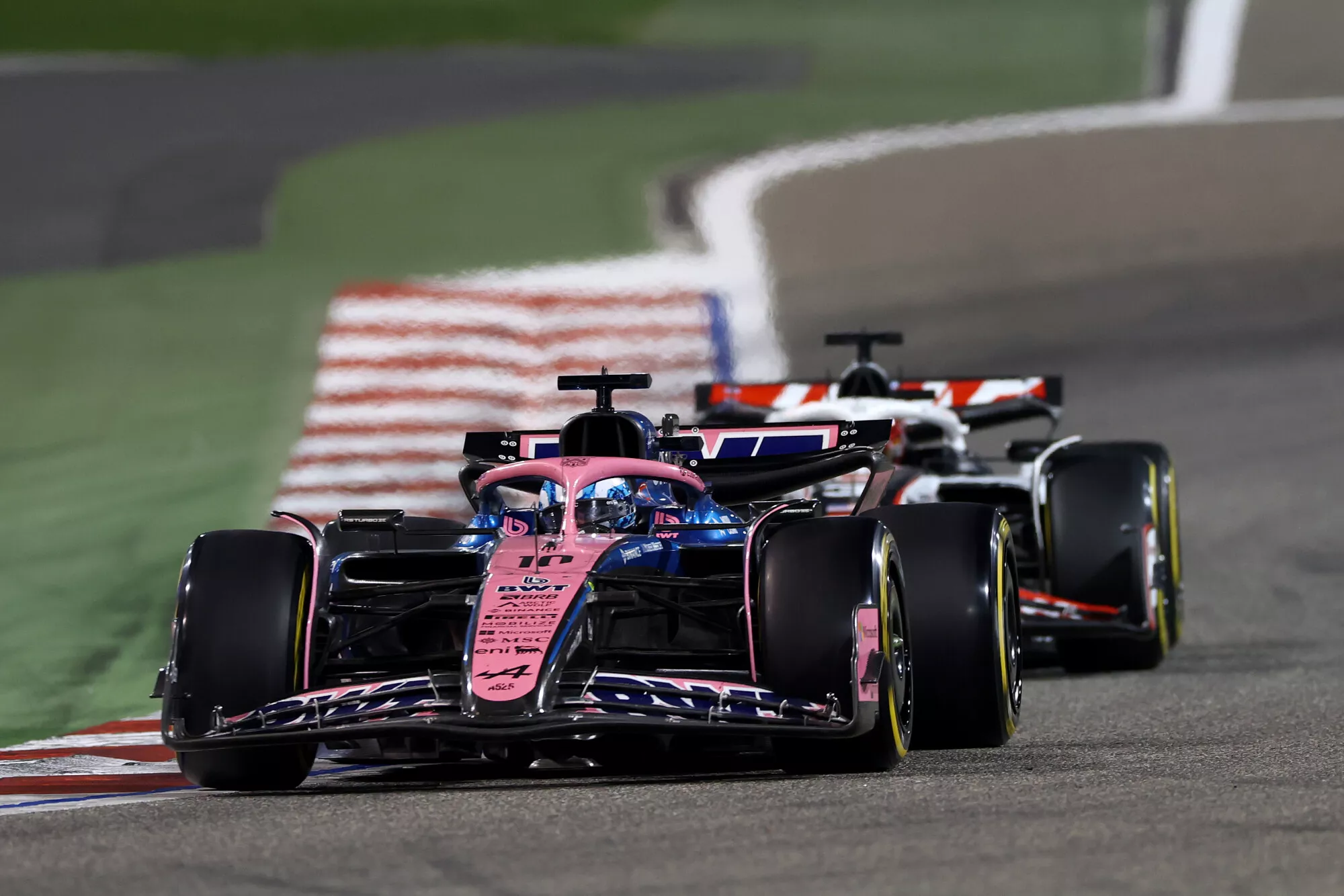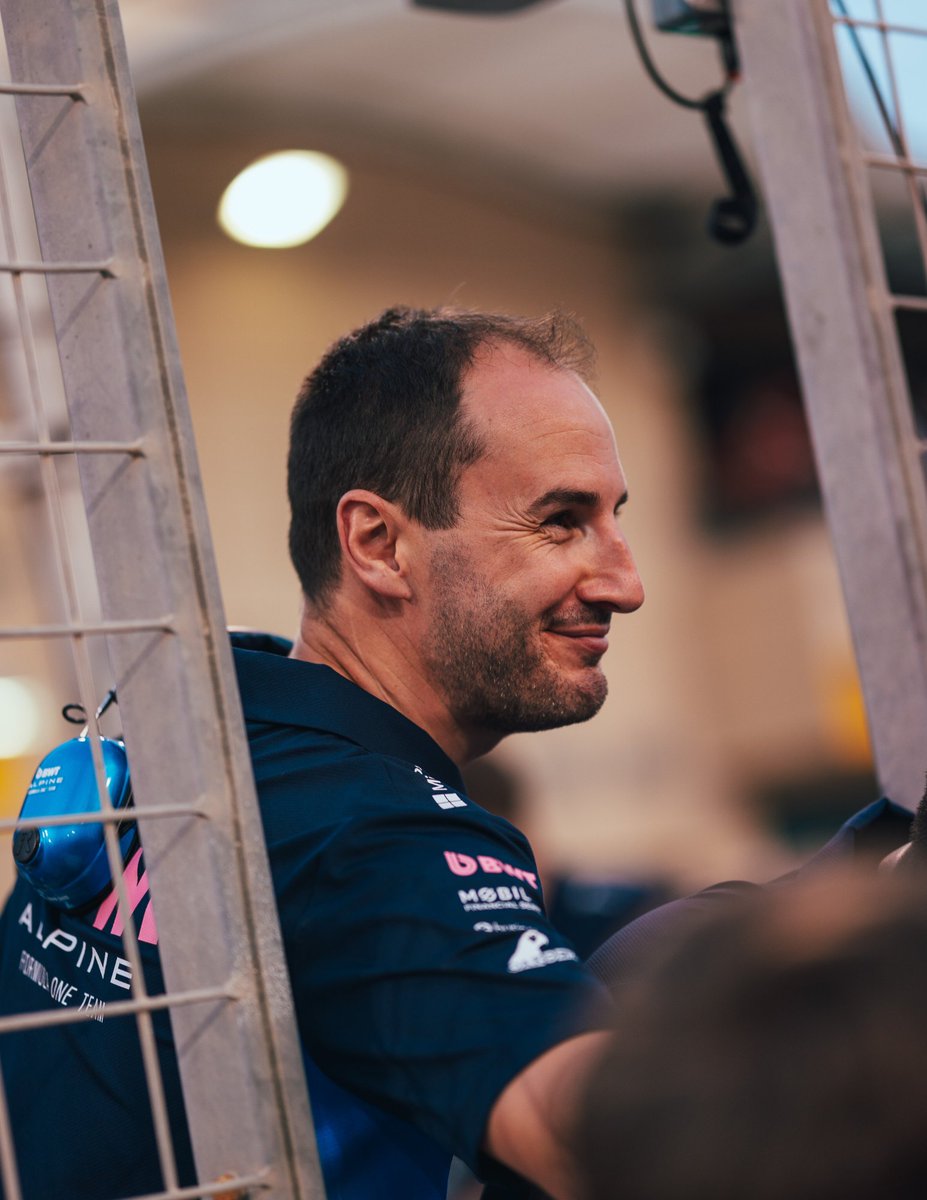Among the whole drivers grid a heated DRS discussion was prompted by Jack Doohan’s F1 Japanese GP crash.
What went wrong?
The crash, which had happened during FP2, took place because of the Alpine driver manually activating the DRS ahead of the first turn of Suzuka. Doohan had previously tried it on the simulator while adapting to the circuit. However, in reality the additional aerodynamics and its power was too much for the A525 to handle.
Usually the system is automatically disinserted as soon as a driver lifts off to turn. But, the first corner in Japan is one of the few spots on the F1 calendar where the DRS can be turned off by pressing a button. That is caused by the fact that such corner has to be driven at full speed, which is not acknowledged by the computer-based removal.
Doohan’s fellow drivers and colleagues on the F1 grid have mixed opinions on the matter. In fact, some are calling for the FIA to introduce a DRS configuration able to acknowledge the dangerousness of certain situations, including the Japanese GP corner.
On the other hand, others claim that it’s best to leave such power in the hands of the driver himself. They cite as reason the fact his closeness to the action, which makes him a far better judge.
How to fix it?
With many polarized opinions, Charles Leclerc sits right in the middle. The Ferrari driver would be pleased with more liberty in the usage of the technology. He also reckons that a more uniformed approach could have its perks as well.
“I feel like if we have a system like this, we can maybe use it and have more DRS. Like before Turn 1 in Silverstone, it’s a good example. Here before 130R are there’s a huge straight. It’s a bit of a shame that we don’t use these kinds of straights to do it.
“But I also feel like it can be up to us. Also Turn 1 in Silverstone when we had it, I thought it was quite cool because you had to be very brave into Turn 1 to keep the DRS. There was something to gain out of it. I don’t mind either way.”
His former teammate Carlos Sainz is much more careful. The Spaniard understands the importance of a better DRS closing system to ensure the highest standards in terms of driver safety.
“Safety is still the main priority always with these cars, especially the speeds we’re doing. In any other era of F1 Jack is not walking today. So, we need to keep making progress. If we are going to make the cars as fast as they are nowadays, we need to keep making progress with safety.
“I was quite vocal yesterday in saying, I’m surprised this hasn’t happened more often. I’ve had moments where I’ve mis-pressed the DRS button and it stayed open. It gives you a massive snap and a massive fright going into a corner like Turn 1 here, Shanghai Turn 1, Australia, Turn 9.”
Contrasting opinions
The Williams driver calls for significant action ahead of the even faster and more aereodynamically advanced technologies to be introduced in the upcoming 2026 season.
“We have too many of these corners where it’s down to a driver almost to close it, and down to a DRS to do a good job on recovery. I’m afraid there hasn’t been enough of these crashes in order to prove that maybe we need to work on safety in this item.
“But I hope yesterday’s crash shows that we need to make something that automatically 100m, 50m before the braking it shuts, so you don’t get the chance for the driver to make a mistake, or the DRS to fail if it doesn’t close.
“It gives you a bit of warning that if it hasn’t closed from the FIA, you still need to close it. So yeah, also going into next year with this downforce thing that they want to adjust, it’s important for us that we come up with something automatic,” he concluded, remarking the seriousness of the issue in spite of a lack of injuries so far.
More power to the driver
His fellow GPDA colleague George Russell instead is more in favour of letting the driver be in charge of his own decisions when it comes to DRS. The Mercedes driver highlighted the fact that it’s part of the corner routine by now. Additionally, such a crash is unprecedented and will probably remain a lone happening in the history of F1.
“Obviously what happened to Jack was a big shunt, and very unfortunate. But I think it’s one of those things that you see happen once, and everybody will recognise. This is probably the only corner of the whole calendar that it’s a problem. So I don’t think anything really needs.
“As drivers, you have responsibilities. We’ve got to go flat out, down the straight and turn into the corners. Clicking a button to turn the DRS off is part of the job. We don’t want it to be automated, we’ve got to leave it down to the drivers. There’s already too many gadgets and assistance.”





